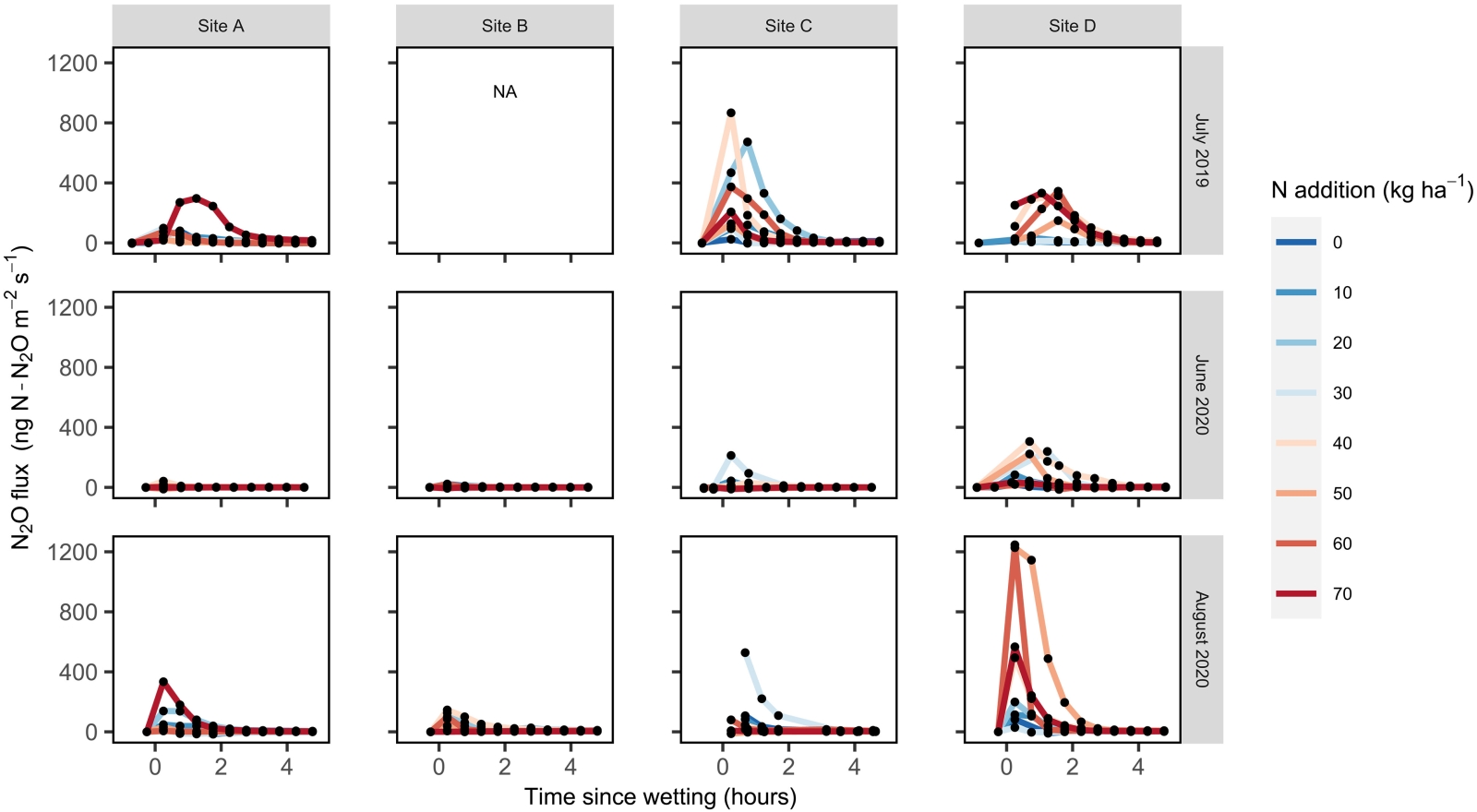December 06, 2023 | ScienceAdvances |
Introduction: Research team from University of California, Riverside in USA investigates the unexpected release of nitrous oxide (N2O), a potent greenhouse gas, from dry desert soils after being wetted. N2O contributes significantly to ozone depletion and global warming.
Key findings: Contrary to the belief that dry soils do not contribute to N2O emissions, the research reveals that the highest N2O emission rates occurred within minutes of adding water to extremely dry desert soils experiencing intense heat.
The researchers explore the processes leading to N2O release, focusing on denitrification, a microbial activity that converts nitrate (NO3-) to N2O. The study found evidence of active denitrification genes and transcripts in the dry soils before wetting. By using isotopic and molecular analyses, the researchers trace the sources of N2O and determined that bacterial denitrification rapidly reduced nitrate to N2O within minutes of wetting.
The research suggests that dryland ecosystems, often overlooked in N2O emission models, may contribute significantly to atmospheric N2O concentrations. The study emphasizes the need to incorporate these dynamics into climate models to enhance predictions of greenhouse gas emissions as drought becomes more prevalent in terrestrial ecosystems.

Fig. | Field N2O emissions (in nanograms of N-N2O per square meter per second) over 5 hours after wetting summer-dry soils with 15N-nitrate solutions. Each black dot represents flux measurements over a 2-min period for each of the eight automated chambers under N treatment (line colors correspond to levels of N enrichment; in kilograms per hectare). NA, data not available. The units and scale on all x and y axes are the same on each panel.





